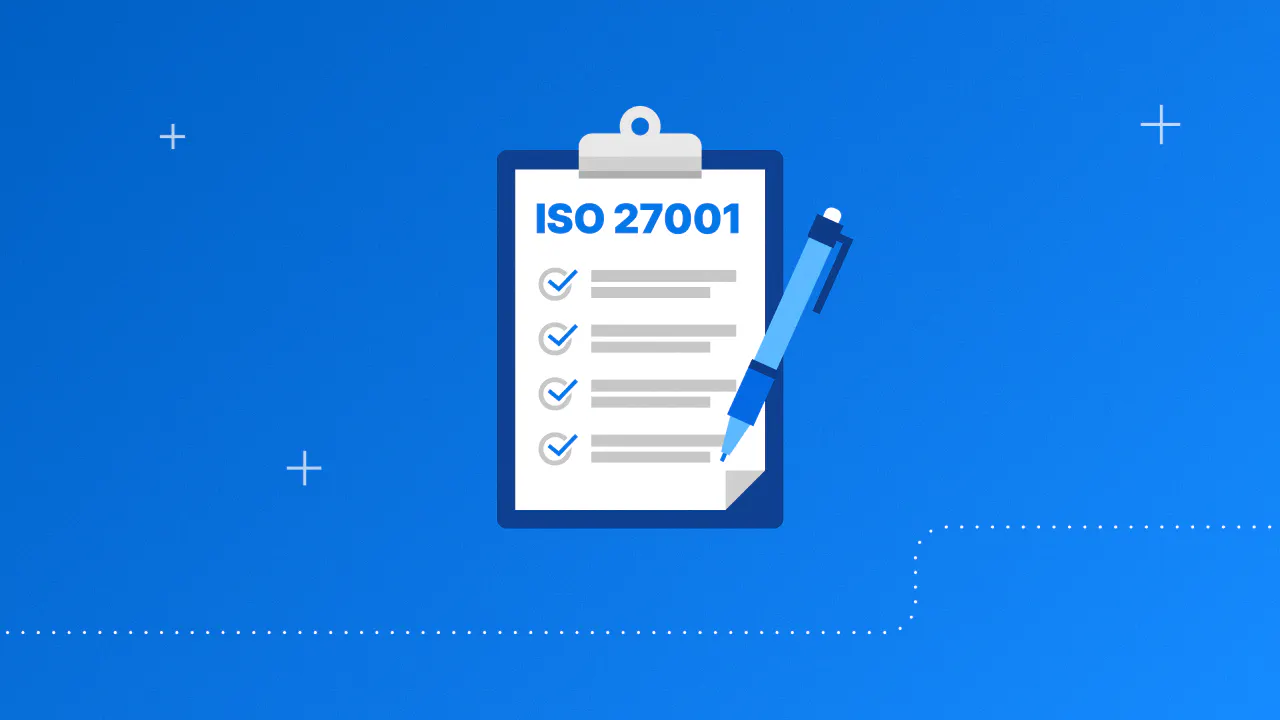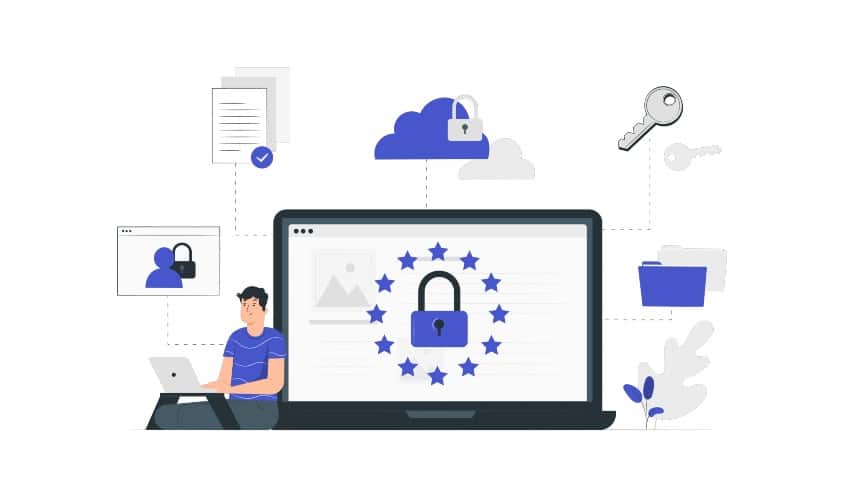The journey from manual processes to automated systems can significantly enhance ISO compliance efficiency. This transformation is important for organizations aiming to improve quality management. It helps reduce errors and streamline their operations. Automation makes compliance more manageable and effective.
This article gives a thorough guide on how automation can enhance ISO compliance. It outlines the steps to transition from manual to automated processes. Organizations can automate compliance tasks using tools likeRiskOptics ZenGRC. This shift ensures better accuracy and efficiency in maintaining ISO standards.
The Importance of ISO Compliance
It is crucial for organizations seeking to maintain high standards in quality, safety, and efficiency. Adherence to ISO guidelines ensures that products and services meet international standards, fostering trust and credibility among customers and stakeholders.
Achieving and maintaining ISO certification demonstrates a commitment to quality and continuous improvement, which leads to increased marketability and competitive advantage.
Challenges of Manual ISO Compliance
Manual processes can be time-consuming, prone to errors, and resource-intensive. Key challenges include:
- Data Entry Errors: Manual data entry may lead to inaccuracies and inconsistencies, compromising the integrity of the records.
- Inefficiency: Manual processes often require significant time and effort, leading to inefficiencies and higher operational costs.
- Difficulty in Tracking Changes: Keeping track of changes in documentation and processes can be challenging without automated systems, leading to potential non-compliance.
- Limited Scalability: Manual processes can become increasingly challenging to manage and scale as organizations grow.
Benefits of Automating ISO Compliance
Automation offers numerous benefits that can enhance its efficiency:
- Increased Accuracy: Automated systems minimize the risk of human error, ensuring more accurate and consistent adherence records.
- Improved Efficiency: Automation streamlines processes, saving time and reducing operational costs.
- Enhanced Tracking and Reporting: Automated systems provide real-time tracking and reporting capabilities, making it a lot easier to monitor compliance and identify areas for improvement.
- Scalability: Automated systems can quickly scale with the organization’s growth, ensuring continued adherence.
Steps to Transition from Manual to Automated ISO Compliance
Assess Current Processes
The first step in transitioning to automated ISO compliance is to assess current manual processes. Identify areas that are time-consuming, prone to errors, and difficult to manage. This assessment will help determine where automation can provide the most significant benefits.
Define Compliance Objectives
Clearly define the compliance objectives and requirements based on the relevant ISO standards. Understanding these will help you choose the appropriate automation tools and systems.
Select the Right Automation Tools
Choose automation tools and software that align with the organization’s compliance objectives. Key features to look for include:
- Document Management: Tools that allow for efficient storage, retrieval, and management of compliance documents.
- Audit Management: Software facilitating internal and external audits’ scheduling, tracking, and reporting.
- Training Management: Platforms that provide employee training modules and track training completion.
- Risk Management: Systems that help identify, assess, and mitigate adherence risks.
Develop an Implementation Plan
Create a complete implementation plan outlining the steps, timeline, and resources required to transition to automated ISO compliance. This plan should include:
- Resource Allocation: Assign roles and responsibilities to team members involved in the implementation process.
- Training: Train employees on the new automated systems and their roles in maintaining adherence.
- Pilot Testing: Conduct pilot tests of the automation tools to identify and address issues before full-scale implementation.
Implement the Automation Tools
With the plan in place, proceed with implementing the automation tools. Ensure all necessary data is migrated from manual systems to the automated platforms. Regularly monitor the implementation process to ensure it is on track and address any challenges.
Monitor and Evaluate
After implementation, continuously monitor and evaluate the automated systems’ performance. Regular audits and reviews help identify areas for improvement and ensure ongoing compliance with ISO standards. Use the data and insights gained from the automated systems to make informed decisions and drive continuous improvement.
Key Features of Effective ISO Compliance Automation Tools
To achieve the best results, choose automation tools with the following key features:
- User-Friendly Interface: Tools should be easy to use, with intuitive interfaces that facilitate quick adoption by employees.
- Real-Time Monitoring: Real-time monitoring capabilities allow for immediate identification and resolution of adherence issues.
- Customizable Workflows: Tools should offer customizable workflows to align with the particular needs and processes of the organization.
- Integration Capabilities: Effective tools should integrate seamlessly with existing systems and software to make sure a smooth transition and data consistency.
- Comprehensive Reporting: Robust reporting features that provide detailed insights and analytics on adherence performance.
Overcoming Challenges in Automating ISO Compliance
While the benefits of automation are clear, organizations may face challenges during the transition. Key challenges and strategies to overcome them include:
- Resistance to Change: Employees may resist transitioning from familiar manual processes to new automated systems. Address this by providing comprehensive training, highlighting the benefits of computerization, and involving employees in the transition process.
- Data Migration: Migrating data from manual to automated systems can be complex. Ensure thorough planning and use of data migration tools to facilitate a smooth transfer.
- Cost: Implementing automation tools can require a significant investment. Consider the long-term benefits and cost savings from increased efficiency and reduced errors to justify the initial expenditure.
- Integration: Integrating new automation tools with existing systems can be challenging. Choose tools with robust integration capabilities and work closely with IT professionals to ensure seamless integration.
Best Practices for Maintaining ISO Compliance with Automation
To maximize the benefits of automation and maintain it, consider the following best practices:
- Regular Updates and Maintenance: Keep automation tools updated to ensure they continue to meet adherence requirements and leverage the latest features.
- Continuous Training: Provide ongoing training for employees to inform them about updates to ISO standards and any changes to automated systems.
- Regular Audits: Conduct routine audits to ensure ongoing adherence and identify areas for improvement.
- Stakeholder Involvement: Involve key stakeholders in the compliance process to ensure their support and commitment to maintaining high standards.
- Continuous Improvement: Use the data and insights from automated systems to drive continuous process improvement.
Transitioning from manual to automated ISO compliance processes can significantly enhance efficiency, accuracy, and scalability. Organizations can achieve and maintain ISO compliance more effectively by carefully assessing current processes, selecting the right automation tools, such as RiskOptics ZenGRC, and following a structured implementation plan. The benefits of automation extend beyond adherence, contributing to overall operational excellence and competitive advantage. With the right approach and commitment, the journey from manual to automated ISO can be a seamless and enriching experience for any organization.











